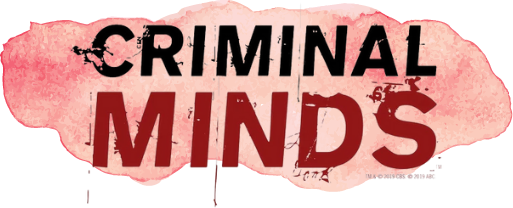Uncle Roger: Redefining Asian Representation in Media
Uncle Roger, the comedic persona created by stand-up comedian Nigel Ng, has taken the internet by storm, providing fresh perspectives on Asian representation in mainstream media. With his signature combination of humor, satire, and cultural critique, Uncle Roger has not only entertained millions but also opened up important discussions about how Asians are portrayed in the media. His viral videos, especially those critiquing cooking shows, resonate with audiences around the globe and highlight the need for authentic Asian voices in entertainment.
The Rise of Uncle Roger
Making his debut in 2020, Uncle Roger quickly garnered a dedicated following, thanks to his humorous takes on cooking. His hilarious critiques of renowned chefs, particularly those who miss the mark on Asian cuisine, have garnered millions of views on social platforms like YouTube and TikTok. By personifying an Asian uncle, he invokes familiarity and nostalgia, while also providing a unique lens through which to view culinary practices. With his characteristic catchphrase “Haiya!” and an exaggerated Asian accent, Uncle Roger has effectively created a relatable character that represents many Asian immigrants’ experiences in a lighthearted yet poignant manner.
Emphasizing Cultural Authenticity
One of the defining features of Uncle Roger’s comedy is his focus on cultural authenticity. In several of his videos, he critiques how Western media often misrepresents Asian cultures, particularly in culinary contexts. His analysis not only serves as entertainment but as a necessary reminder of the importance of understanding and respecting cultural practices. Uncle Roger’s journey emphasizes that humor can be a powerful tool for raising awareness about larger issues of representation and identity, breaking stereotypes that have persisted for far too long. It challenges audiences to look beyond surface-level portrayals and embrace the intricacies of different cultures.
The Impact on Asian Representation
Through Uncle Roger’s humor and relatability, Asian representation in media is undergoing a shift. His success has opened doors for more Asian comedians and creators to share their unique stories and perspectives. Uncle Roger has not only become a symbol of Asian identity but also a voice for many who feel underrepresented in mainstream media. This change is crucial in diversifying the types of narratives we see. By showing that Asians can be fun, relatable, and complex rather than mere stereotypes, Uncle Roger is reshaping perceptions and encouraging a broader understanding of Asian experiences.
The Future of Comedy and Representation
The rise of Uncle Roger signals a broader trend in the entertainment industry where diverse voices are starting to gain traction. As audiences demand more authenticity and representation, creators can utilize platforms like social media to reach fans directly. Uncle Roger serves as a beacon of hope for many aspiring comedians, proving that it is possible to succeed while staying true to one’s cultural identity. In an era characterized by increased awareness of social issues, Uncle Roger stands at the forefront, effectively using humor to bridge gaps and foster connections between diverse communities.
As Uncle Roger continues to grow in popularity and influence, it will be exciting to see how he and others like him will further redefine media portrayals of Asians. Through comedy, they can pave the way for richer storytelling, empowering future generations to embrace their identities and express themselves without fear of misrepresentation. Uncle Roger reminds us all that laughter transcends cultural barriers, inviting everyone into a space where sharing experiences and humor can ultimately bring us closer together.

